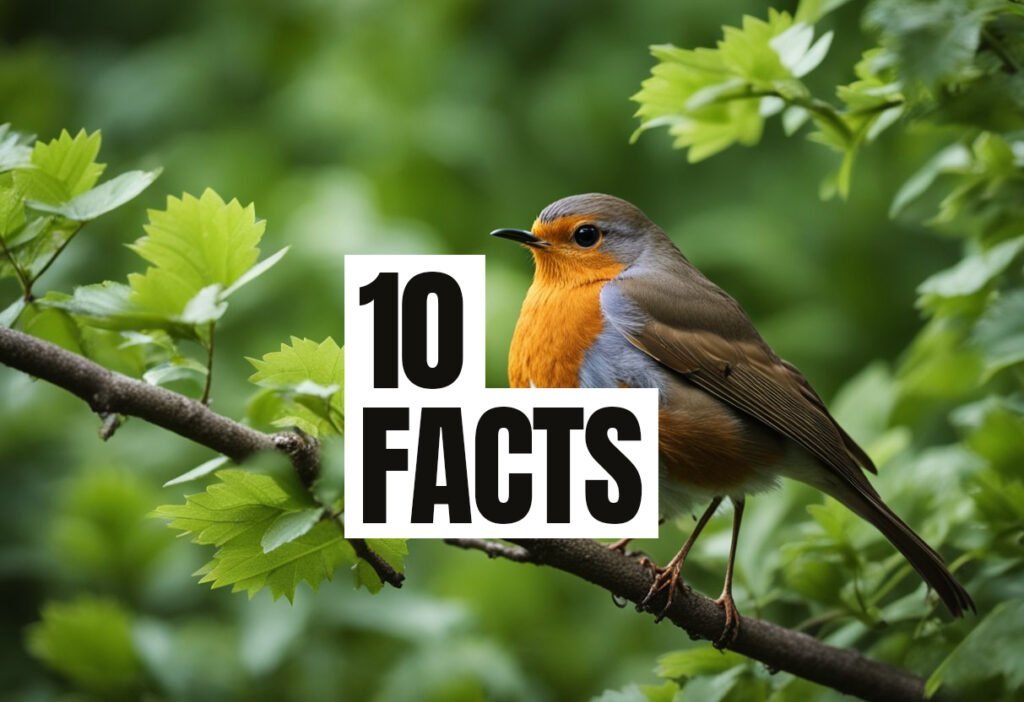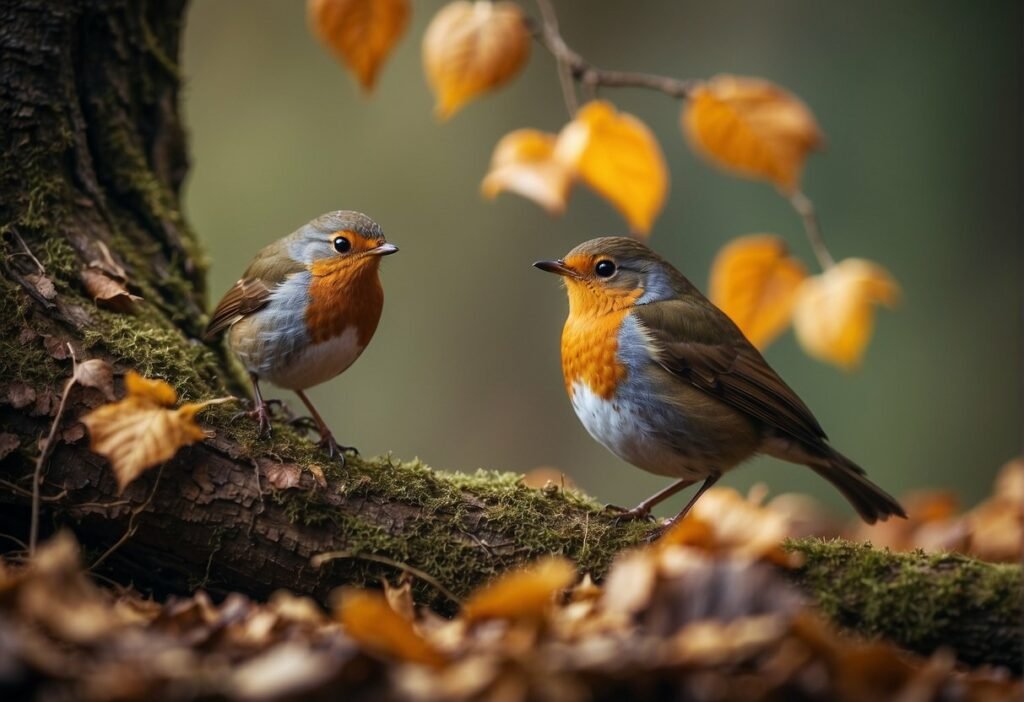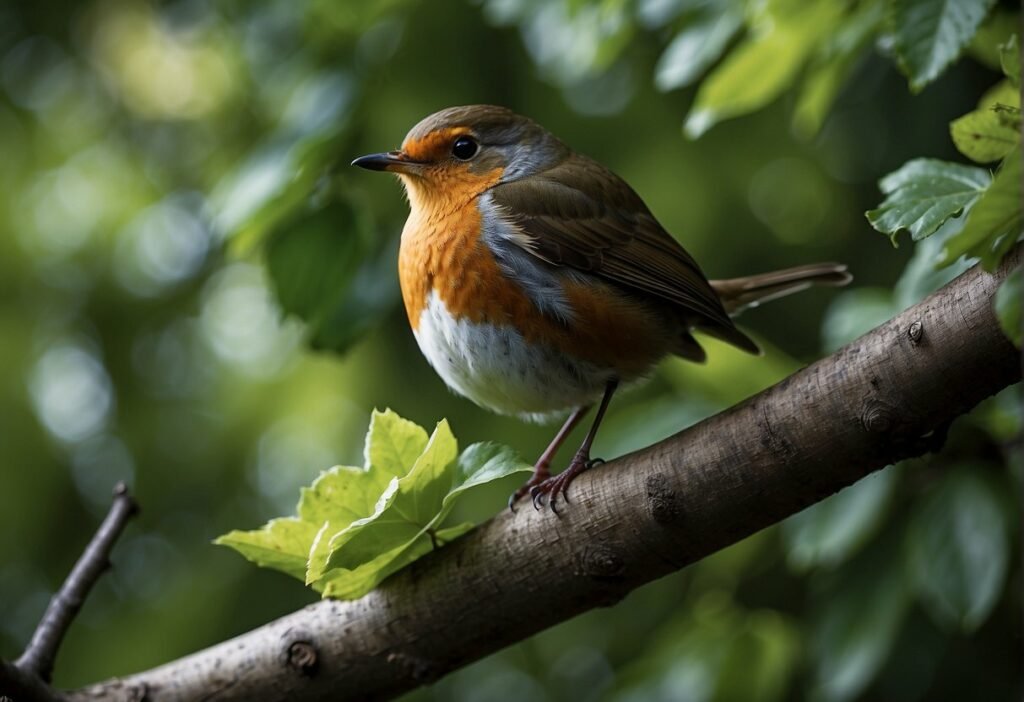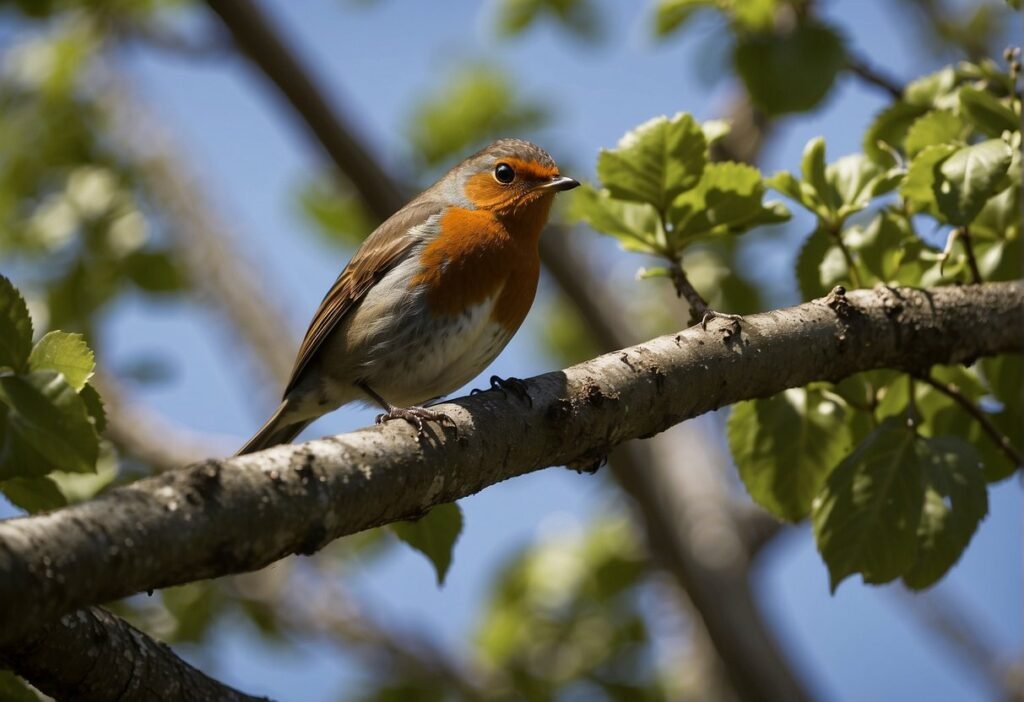Birds, with their vivid feathers and intricate behaviors, have always fascinated humans. Among them, robins are particularly noted for their interactions with reflective surfaces, such as mirrors and windows. This raises an intriguing question: Can robins recognize their reflections? This article delves into the cognitive abilities of robins, exploring their interactions with reflective surfaces and what these interactions reveal about their self-awareness.
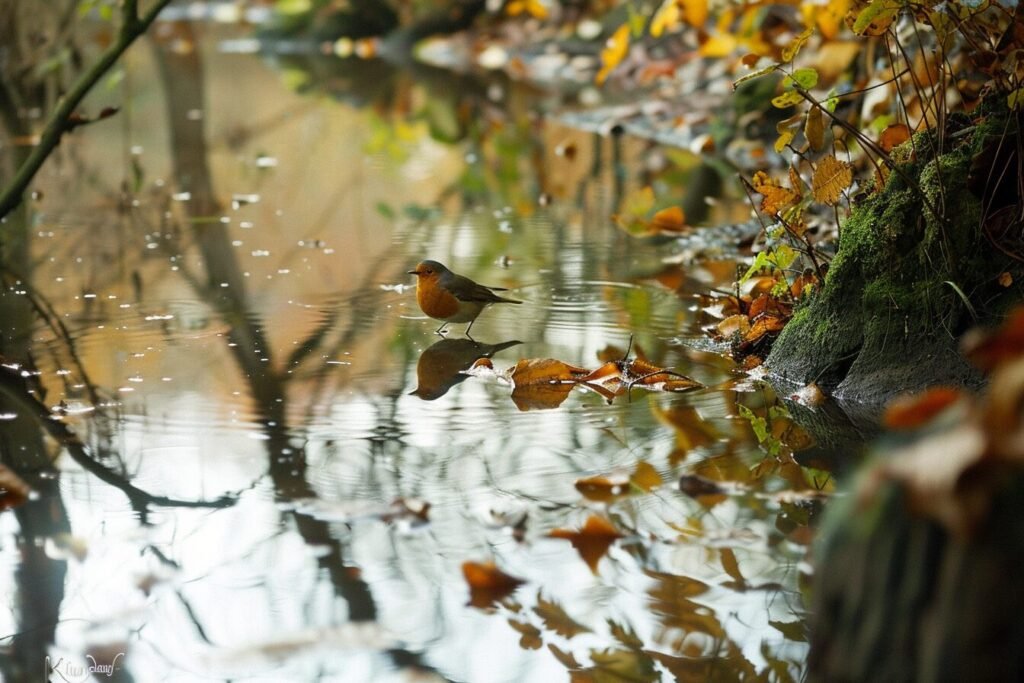
Understanding Bird Behavior and Reflection Recognition
Birds’ interactions with mirrors and windows have long been a subject of scientific curiosity. While some species demonstrate aggressive behaviors towards their reflections, mistaking them for rivals, others exhibit curiosity or indifference. The ability to recognize one’s reflection is often linked to a high level of cognitive functioning and self-awareness, a trait that has been confirmed in only a few animal species, including certain primates, dolphins, and elephants.
Robins, with their keen vision and curious nature, often come into contact with reflective surfaces, especially during the breeding season. Their reactions can vary widely, from attacking the reflection to engaging in what appears to be social behavior. Understanding these behaviors requires an exploration of how robins perceive these reflections and what this implies about their cognitive capacities.
Robins’ Interactions with Reflective Surfaces
During spring and early summer, when territoriality is at its peak, robins are more likely to encounter and react to their reflections in windows and mirrors. Initially, these interactions might seem like aggressive confrontations. Robins, perceiving their reflections as intruders, may peck at the surface, flap their wings, or vocalize threats. This behavior is driven by the instinct to defend territory, an essential aspect of their breeding strategy.
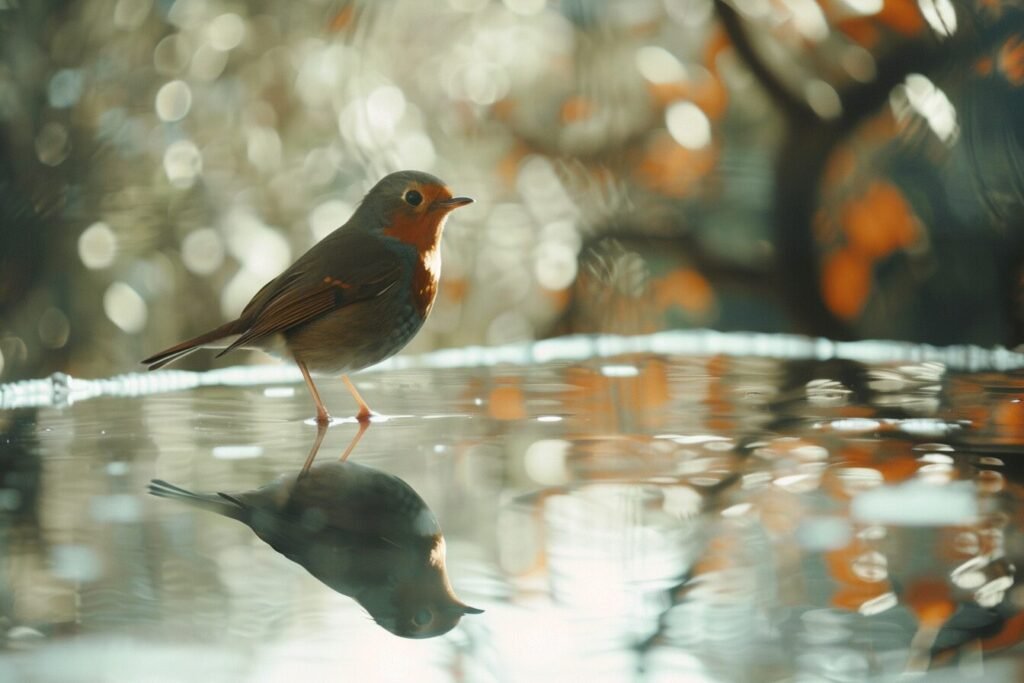
However, not all interactions are aggressive. Some robins may exhibit curiosity, approaching and retreating from reflective surfaces, engaging in what looks like playful behavior. These variations in behavior indicate that robins do not universally recognize their reflections as themselves but react based on instinctual drives related to territory and curiosity.
Research on bird cognition suggests that the ability to recognize oneself in a mirror is rare and involves complex mental processes. While robins show sophisticated behavior in many aspects of their lives, such as navigation and foraging, mirror self-recognition (MSR) has not been conclusively observed in robins or most bird species. The MSR test, which involves marking an animal in a way that it can only see the mark through a mirror, has proven to be a standard in determining self-awareness but is challenging to apply broadly across different species, especially birds.
Implications of Reflection Recognition in Birds
The question of whether robins can recognize their reflections opens up broader discussions about animal intelligence and consciousness. Reflection recognition in animals is often cited as evidence of self-awareness, a trait that has profound implications for understanding the mental lives of non-human species. For robins, the aggressive behavior towards reflections may not indicate mirror self-recognition but rather an absence of understanding that the reflection is not another bird.
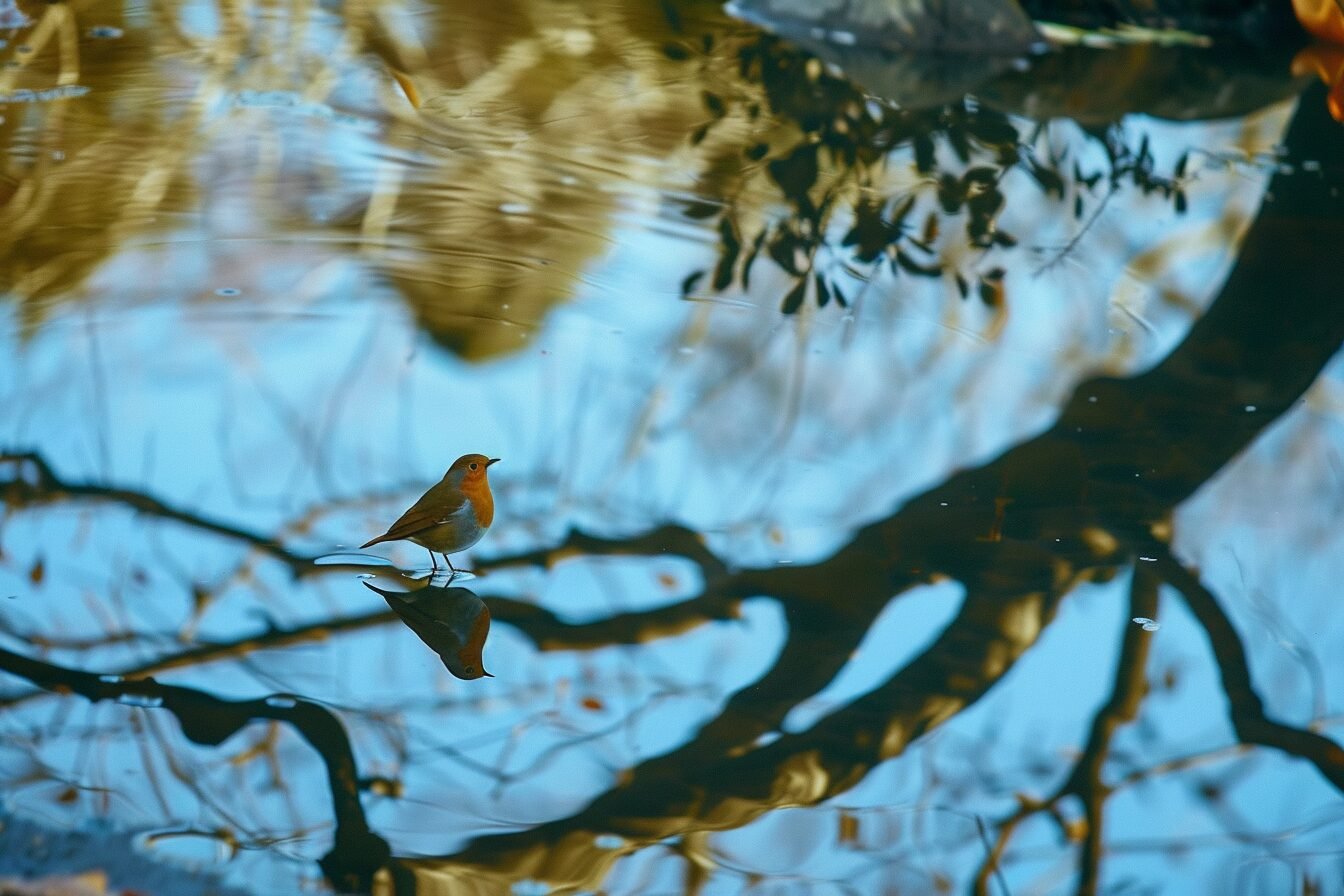
This distinction is crucial in the field of animal cognition, as it helps scientists delineate the boundaries of animal consciousness and intelligence. Recognizing oneself in a mirror requires a level of cognitive complexity that includes understanding the concept of “self,” which many animals may not possess. However, the absence of this ability does not diminish the cognitive and emotional richness of their lives.
Studies on bird intelligence have revealed remarkable abilities, from problem-solving and tool use to social learning and communication. These findings challenge the traditional views of bird brains as simplistic and open new avenues for exploring the depths of animal intelligence.
Conclusion
In conclusion, while robins exhibit a range of behaviors in response to their reflections in mirrors and windows, there is no definitive evidence to suggest that they possess the cognitive ability to recognize these reflections as themselves. Their interactions with reflective surfaces are more likely driven by instinctual behaviors related to territory defense and curiosity.
The exploration of whether robins can recognize their reflections is part of a larger inquiry into animal cognition and self-awareness. Such investigations challenge our understanding of the mental lives of animals and prompt us to consider the complexity and diversity of intelligence across species. Though robins may not pass the mirror test of self-recognition, their behaviors and interactions with their environment continue to intrigue and inform us about the intricate workings of the avian mind.
Understanding the cognitive abilities of birds like robins not only enriches our knowledge of the natural world but also fosters a deeper appreciation for the complexity of life on Earth. As we continue to explore the boundaries of animal intelligence, we open ourselves to a greater sense of wonder and connection with the other beings that share our planet.
